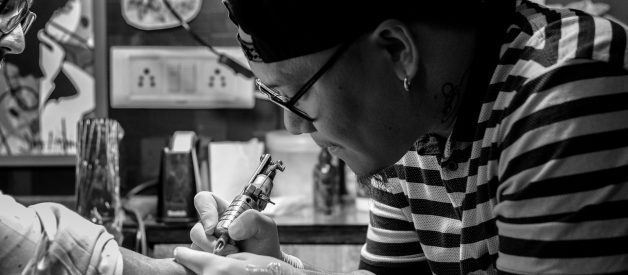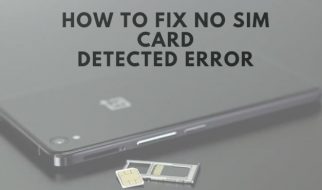I. The Design Phase
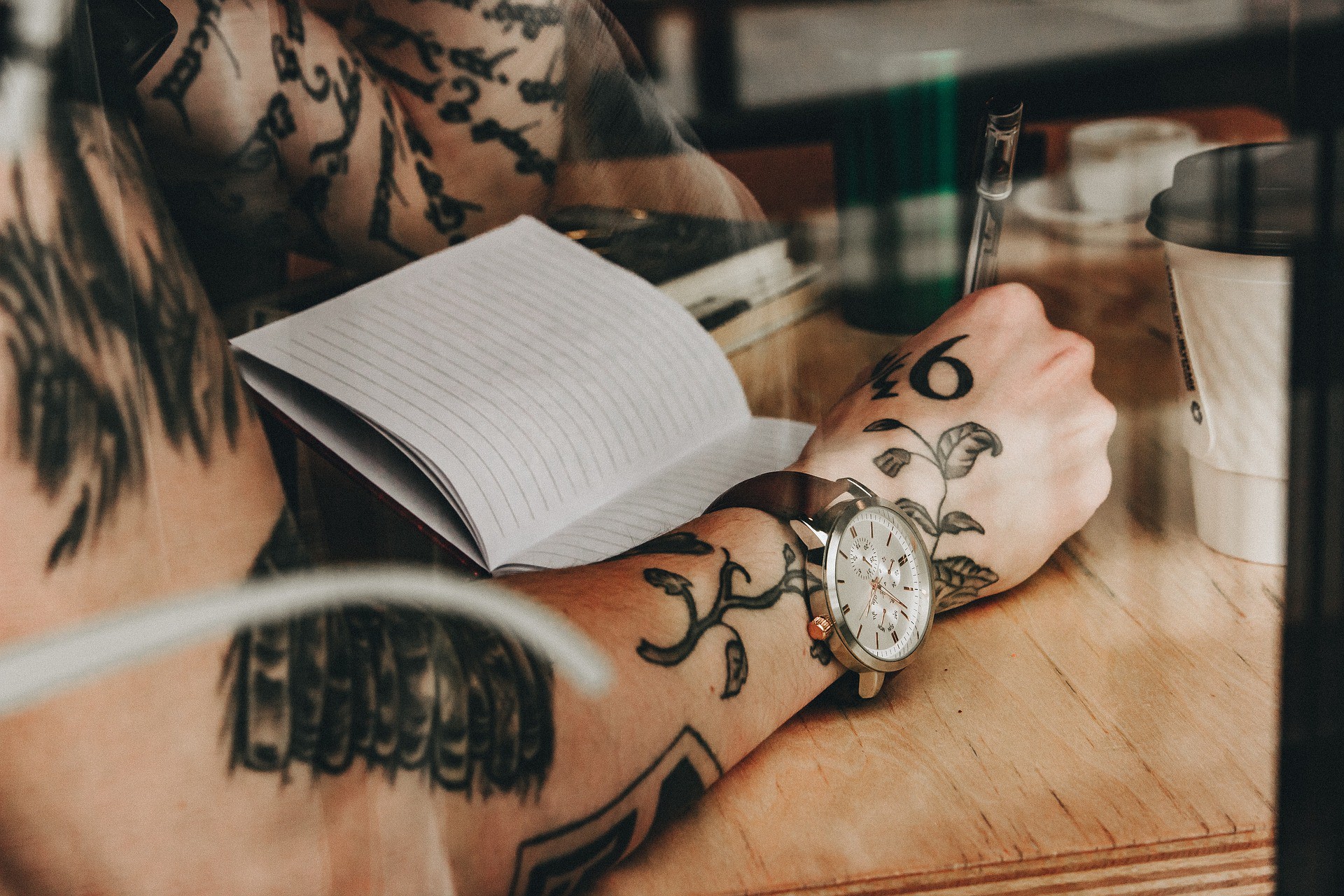
Let the artist take lead on the design
Most tattoo artists are in fact artists. They want to tattoo you with their own art and not somebody else?s. This isn?t just a creative preference. Tattooers generally have perfected a certain style (or styles). Their best designs and their best execution will be in this style(s). They want to be confident and and proud of your tattoo. That?s not possible if you give excessive direction or if you force the artist outside of his/her core styles. Also, remember that good artists won?t copy another artist?s design so don?t ask.
- Don?t send them a picture of another artist?s work and say ?I want this tattoo?.
- Don?t be surprised if the artist does not want to tattoo in a style that is not his/her own.
- Do share reference images for the subject matter you like.
- Do share reference images from the artist?s own portfolio and say ?I like the style you used here.?
Be as specific as you need to be. Not more or less.
Artists love it when you give them creative freedom but don?t do it unless you really do want them to make all creative decisions. If you have something specific in mind, tell them.
- Don?t tell the artist ?you have complete freedom? and then come to the shop and make a lot of corrections.
- Do tell the artist any specifics you have in mind before he/she works on the design!
New tattoos are always a better option than ?adding on? to, or modifying an existing tattoos.
Most artists would rather not work with another artist?s tattoo. It adds constraints to their design potential and it forces them to either: (a) Vandalize an existing, nice tattoo or (b) Have their work seen alongside an existing ugly tattoo. Either way, this won?t be a portfolio piece and won?t get the best work from the artist. Consider: do you really need your existing tattoo to keep growing and becoming more and more of a Frankenstein?s Monster? Or can you offer new real estate to each artist?
Cover-ups are a different story. If you need a cover-up, you need a coverup. Not all artists are technically capable of good cover-ups and not all artists like to do them because of the additional constraint but it?s always worth asking.
- Don?t think of your tattoo as a house you are continually remodelling.
- Do think of tattoos more like paintings you are commissioning. Give the artist a clean canvas.
- Do consider going back to the same artist for modifying or touching up an existing tattoo.
Don?t design by committee
There?s nothing worse than customers who bring an opinionated friend or loved one to ?help? them with design decisions. You hired the artist to help you with design. Adding a third party can complicate the already-delicate balance of artist/client in the design process. The more opinions you solicit, the harder and more confusing the process will be. Only you know what you want and the artist can help you.
- Don?t bring a friend or spouse to speak for you.
- Don?t text photos of the design to friends asking for their opinion.
- Do tell your opinionated friends to quiet down if they become too involved in your tattoo design process.
II. The Day of Your Tattoo
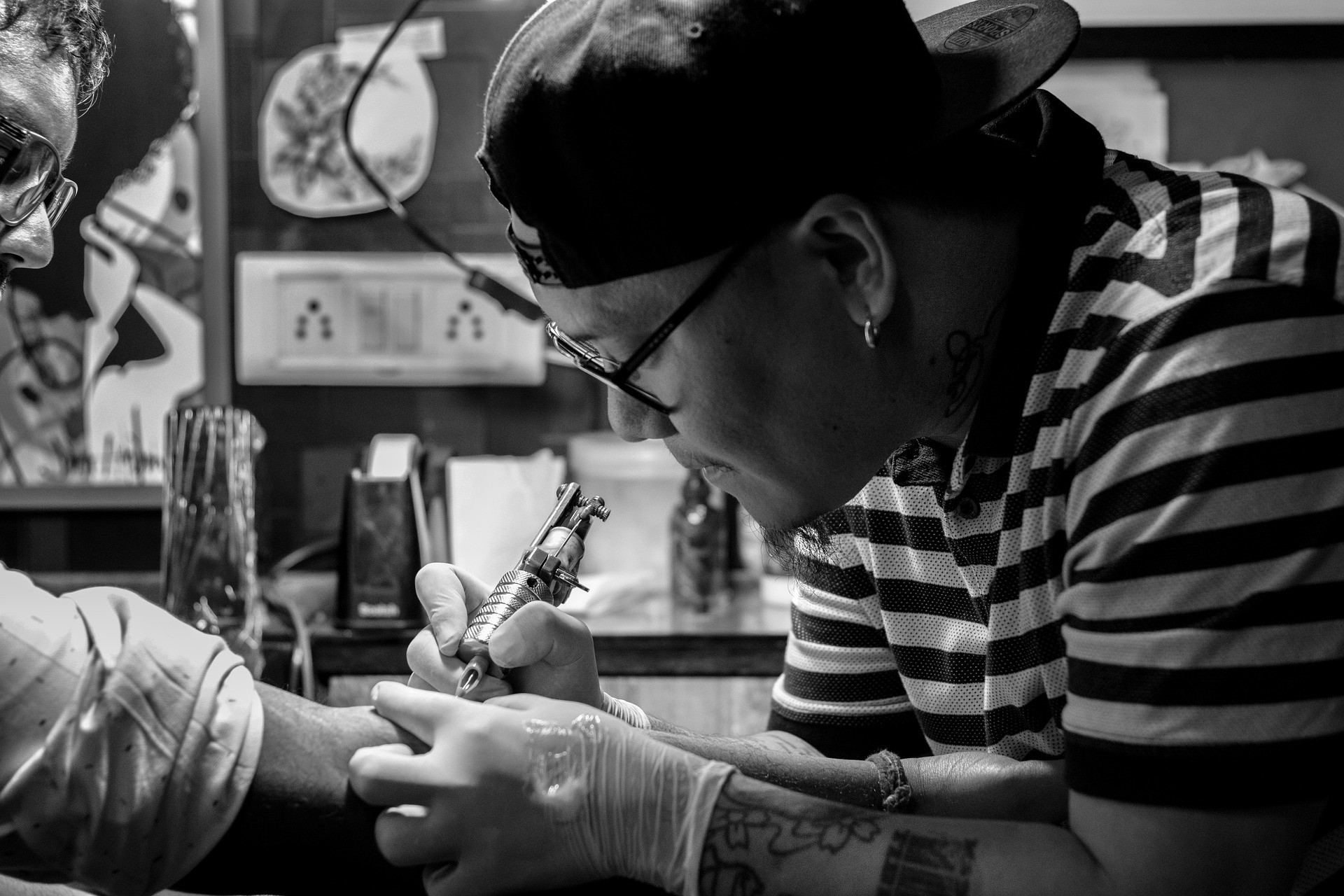
Limit your party to yourself + 1 max
Speaking of bringing others with you? consider visiting the shop alone for your appointment. Most shops are limited in their space and cannot accommodate your friends. Not only that, your friends might think it sounds fun to be at the shop while you get tattooed, but it?s not. Your friends will be bored.
- Don?t bring extra people with you to be tattooed without asking the shop first. Most shops don?t want your friends sleeping in the waiting area while you get tattooed.
- Do limit your party to just you or one other if you must and encourage your friends to go do something while you get tattooed so they don?t sleep in the waiting area.
Let the artist concentrate while you get tattooed
Even the most experienced artists need to limit stressors during their tattooing. Tattooing requires intense concentration. Some artists love to gab while tattooing but others prefer to be quiet. Let the artist take the lead or ask them what they prefer.
- Do bring a book to read or movie to watch provided you can do it without moving.
- Do let your artist take the lead on whether or not to talk.
- Don?t stare at the tattoo while your artist is working. This is stressful.
- Don?t talk too much unless your artit is the chatty one.
Sit still!
For obvious reasons, you never want to move while there is a tattoo needle inking your skin. If you might have trouble with pain, consider a numbing cream in advance of getting tattooed (ask your artist first). If you?re jumpy, you?re wasting tattooing time and risking mistakes. Generally though, you?re stressing out the artist which can mean not getting their best work.
- Don?t move unexpectedly.
- Don?t talk if you?re getting your ribs tattooed.
- Do let the artist know if you need to move or stretch.
- Do let the artist know If you think the furniture can be adjusted to be more comfortable.
- Do consider topical numbing cream in advance of your tattoo if you?re worried about tolerating the pain (ask the artist first though)
Tipping
It is customary to tip tattoo artists just like (in the US) it is customary to tip restaurant wait staff. Because it?s customary, not tipping is seen as a sign of being dissatisfied with your tattoo.
- Do expect to tip when budgeting for your tattoo.
- Do tip the artist directly and in cash.
- Do tip big (e.g. 20%+) if you love your tattoo.
- Do talk to your artist whenever you feel something isn?t being handled well (consultation, design, etc). A small tip (or no tip) shouldn?t be the only sign that you are dissatisfied.
III. After you?ve been tattooed
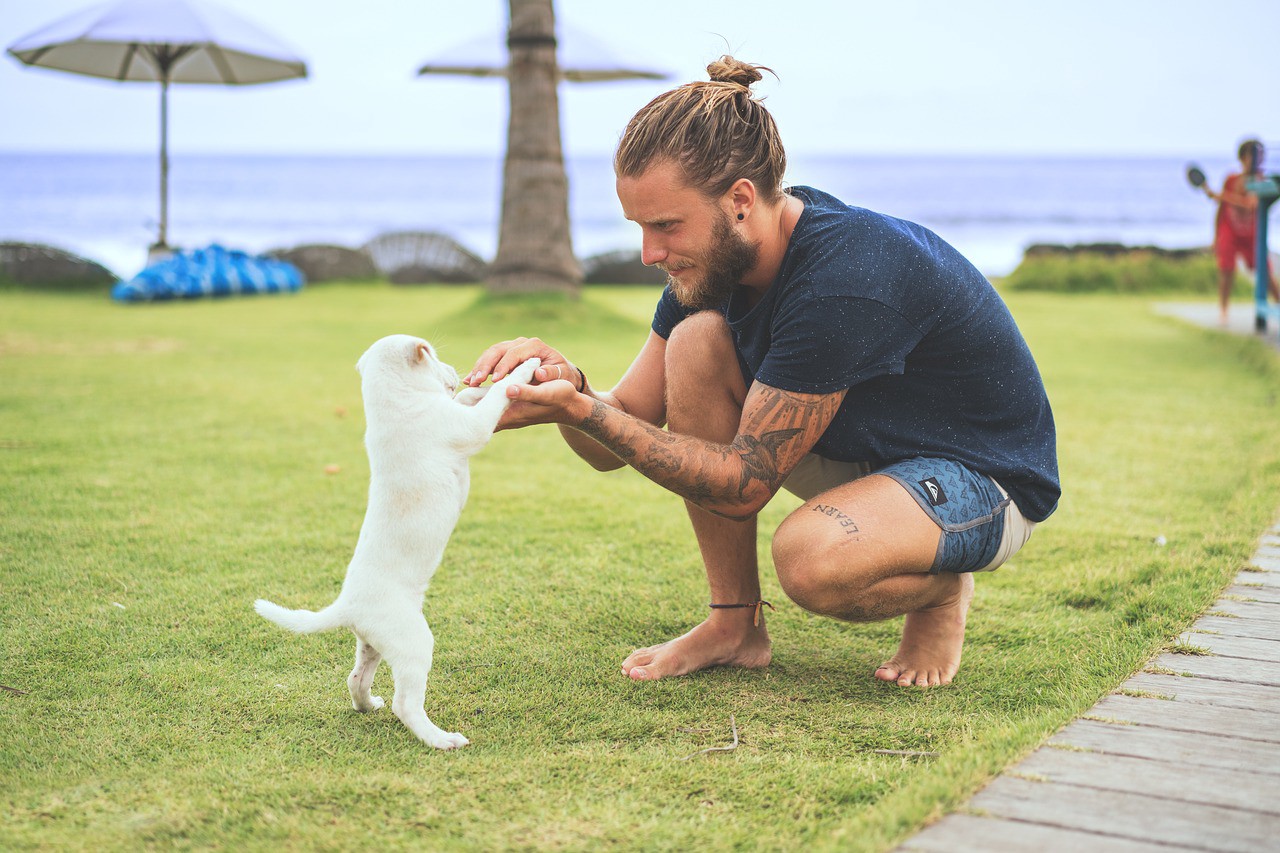
Aftercare
There are many different aftercare procedures out there. Always follow the artist?s own aftercare instructions because you and the artist are both responsible for the quality of your tattoo.
- Do make sure to get precise instructions for aftercare from your artist.
- Do feel OK to ask questions during the healing process if something seems wrong.
- Do a little research about healing tattoos to know what?s normal. Scabbing is normal. Ink on the bandage is normal. Looking faded in the first couple of weeks is normal.
Touch-ups
Most tattoos will not need touching up ? at least for many years. However, sometimes ink does fall out or fade. This can happen for many reasons. The artist?s tattoo technique matters but it?s just half the story. Healing/fading is also affected by aftercare, your biology, the placement on the body (bendy parts like wrists, elbows, fingers, etc will fade more and faster). Most tattoo artists will touch up their work for free if it?s needed and if it?s not the result of your aftercare. Make sure to ask your artist about touch ups.
- Do wait 30 days before even considering a touch-up. Tattoos can look less-than-perfect while healing and need 30 days to be completely healed.
- Do take good care of your tattoo following artist instructions and avoiding any strong sun exposure, rubbing, or soaking of the tattoo area while it?s healing.
- Don?t expect the tattoo ink to look as vibrant as it did the day of your tattoo. Tattoo ink sits under the top layer of skin so, once healed, you?ll be looking at the ink through the top layer of skin.
- Don?t be confrontational with the artist about your touch-up. Your artist cares as much as you do about the tattoo looking great so there?s no reason to take an aggressive posture if you have concerns about your tattoo.
